Table of Contents
Kids are built to run, climb, swing, and yell. They aren't designed for eight hours glued to a chair, no matter how engaging the lesson. Recess isn't a break from learning; it's a different kind of learning, a vital one that happens outside. And for that to happen effectively, schools need functional, engaging outdoor spaces. The right **school outdoor playground equipment** isn't a luxury; it's an essential piece of educational infrastructure that supports physical health, social development, risk assessment, and even problem-solving skills.
The Real Impact of School Outdoor Play
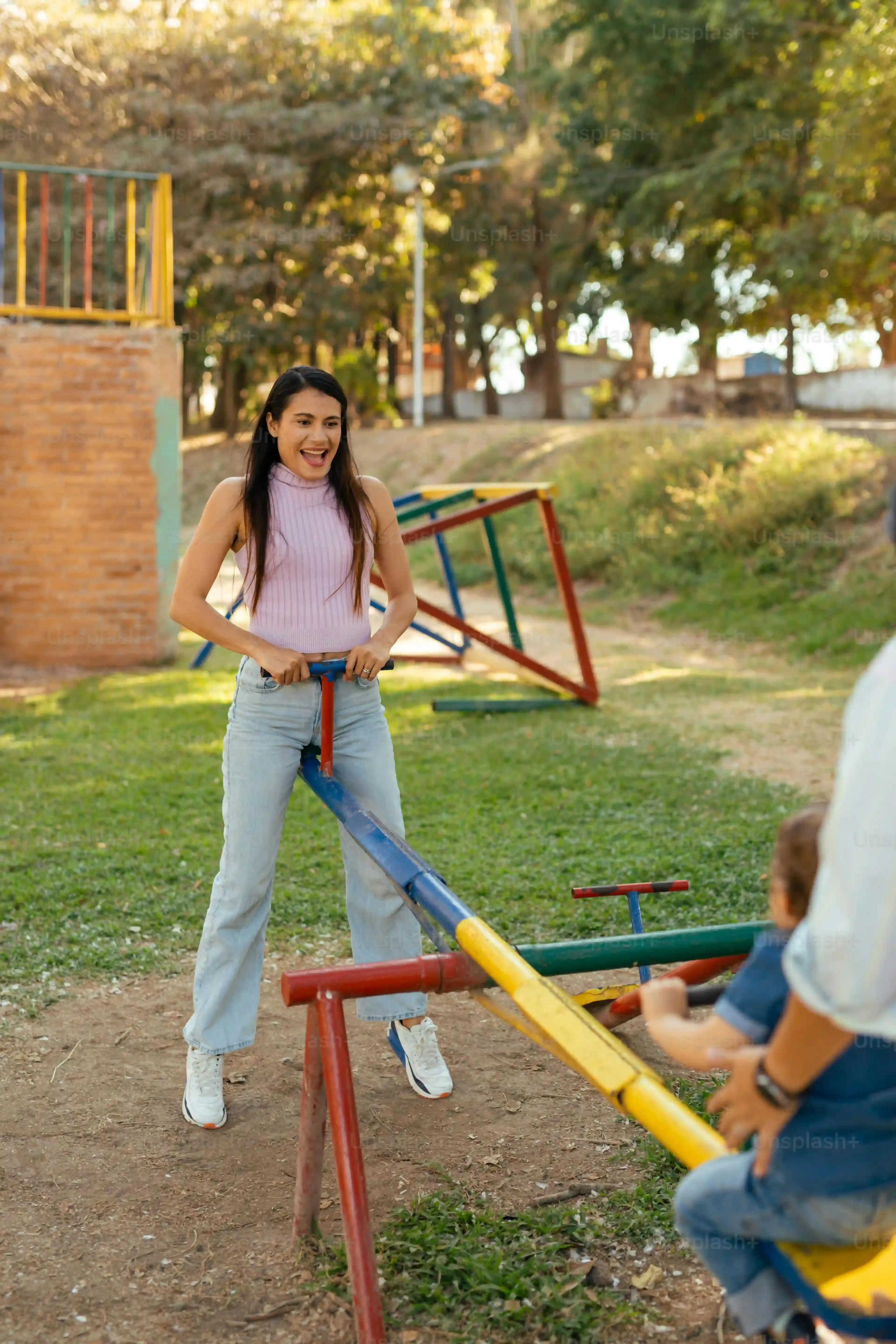
The Real Impact of School Outdoor Play
More Than Just Running Around
Let's cut to the chase: kids need to move. The **Real Impact of School Outdoor Play** goes way beyond just burning off excess energy so they sit still in class. We're talking about developing fundamental motor skills – running, jumping, climbing, balancing. Think about the simple act of navigating uneven terrain or swinging from monkey bars. These aren't just fun activities; they're building strength, coordination, and spatial awareness. Skipping recess isn't just cruel; it's actively hindering physical development at a crucial age. A good playground provides the varied challenges their growing bodies crave.
Building Brains and Buddies
The playground is arguably the most complex social environment many kids encounter daily. It’s where they negotiate rules for tag, figure out how to share the swings, and learn to resolve conflicts (usually involving who gets to go down the slide first). This unstructured time is critical for developing social skills, empathy, and communication. Simultaneously, navigating the physical challenges of **school outdoor playground equipment** engages different parts of the brain than sitting in a classroom. Problem-solving skills kick in when they figure out how to climb a tricky structure or invent a new game. It’s active learning in its purest form.
- Improved motor skills and coordination
- Enhanced strength and balance
- Better risk assessment abilities
- Stronger social skills and conflict resolution
- Increased creativity and imaginative play
- Reduced stress and anxiety levels
Connecting Play to the Classroom
Some educators might view playground time as separate from the 'real' work of academics. That's a shortsighted view. Studies consistently show a correlation between physical activity, especially outdoor play, and improved concentration, memory, and academic performance. When kids have adequate time to decompress and move their bodies, they return to the classroom more focused and ready to learn. The sensory input from being outside – fresh air, natural light, different textures – also stimulates the brain in ways indoor environments can't replicate. The **Real Impact of School Outdoor Play** is felt directly in the classroom, even if it seems counterintuitive.
Picking the Perfect School Outdoor Playground Equipment
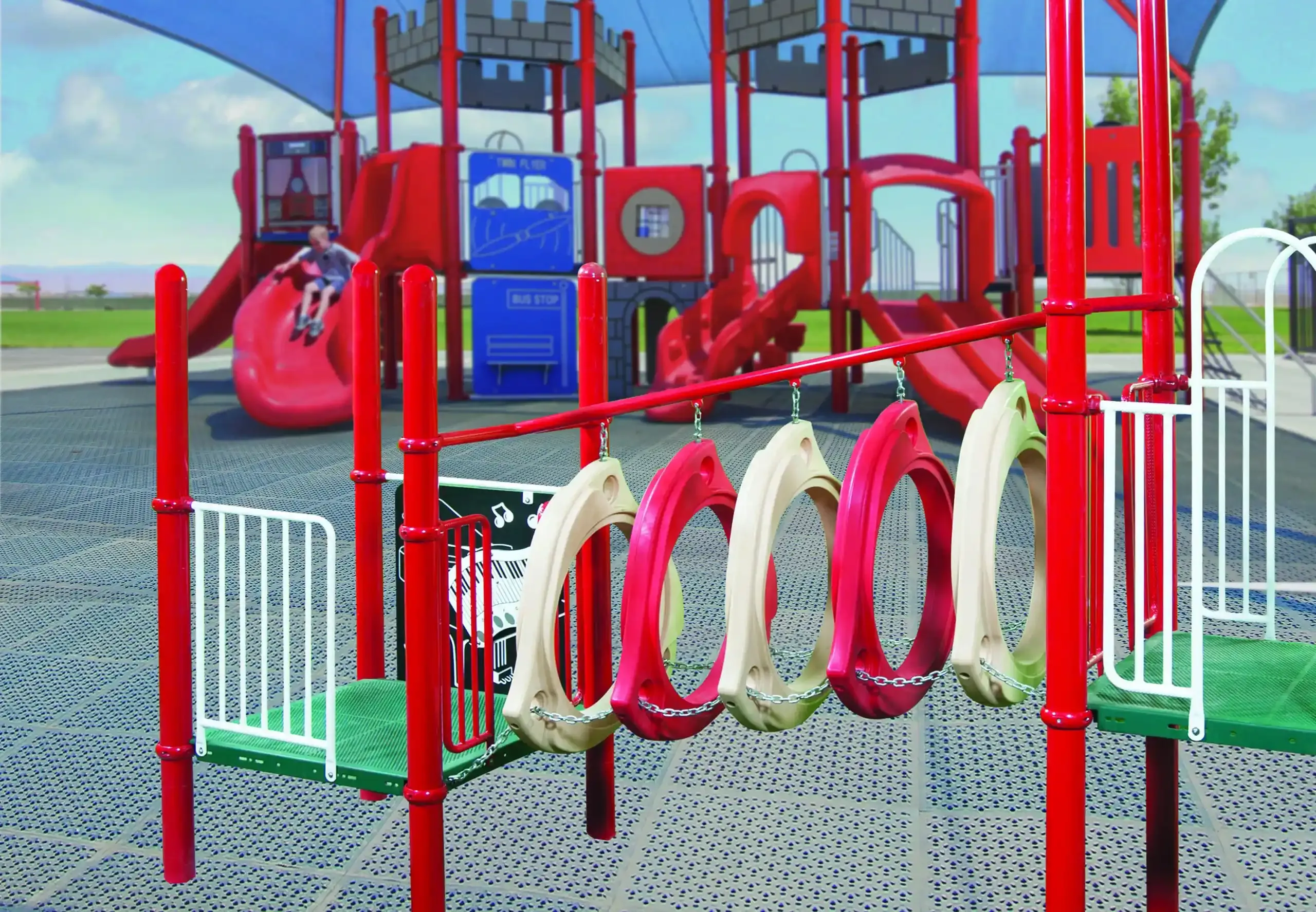
Picking the Perfect School Outdoor Playground Equipment
Starting with the Ground Truth: What Do You Actually Need?
Alright, let's talk brass tacks about **Picking the Perfect School Outdoor Playground Equipment**. It’s easy to get lost in catalogs filled with shiny, colorful structures. But before you get starry-eyed about twisty slides and elaborate climbing walls, you need a plan. Seriously, just buying what looks cool is a fast track to wasted funds and an underutilized play space. Start by assessing the age groups your school serves. What works for kindergartners isn't going to cut it for middle schoolers, and vice versa. Look at the physical space you have available – size, shape, existing features like trees or slopes. What's the budget? Be realistic, and remember that installation and surfacing costs can sometimes equal or exceed the equipment price itself. Think about accessibility, too; inclusive play structures are non-negotiable in modern school environments. Ignoring these initial steps means you might end up with equipment that's either too challenging, too boring, doesn't fit, or worse, isn't safe for your specific student body.
Beyond the Basics: Types, Durability, and Upkeep
Once you have a handle on your needs, it’s time to look at the hardware. You'll find a dizzying array of options: traditional post-and-deck systems, freestanding climbers, swing sets, balance beams, natural play elements, and more. Each type offers different developmental benefits. Consider the materials – steel, plastic, wood – and their durability in your climate. Cheap equipment might save money upfront, but constant repairs and premature replacement will cost you more in the long run. Ask about warranties and the availability of replacement parts. Think about maintenance from day one. How easy is it to inspect for wear and tear? Will you need specialized tools for tightening bolts or fixing components? **Picking the Perfect School Outdoor Playground Equipment** involves foresight; you're not just buying metal and plastic, you're investing in years of play and potential headaches if you choose poorly.
- Assess student age ranges and developmental needs.
- Measure and evaluate your available physical space.
- Determine a realistic budget, including installation and surfacing.
- Prioritize accessibility for all students.
- Research different types of equipment and their benefits.
- Evaluate material durability and climate suitability.
- Inquire about warranties and replacement parts.
- Consider long-term maintenance requirements and costs.
Safety Standards for School Outdoor Playground Equipment
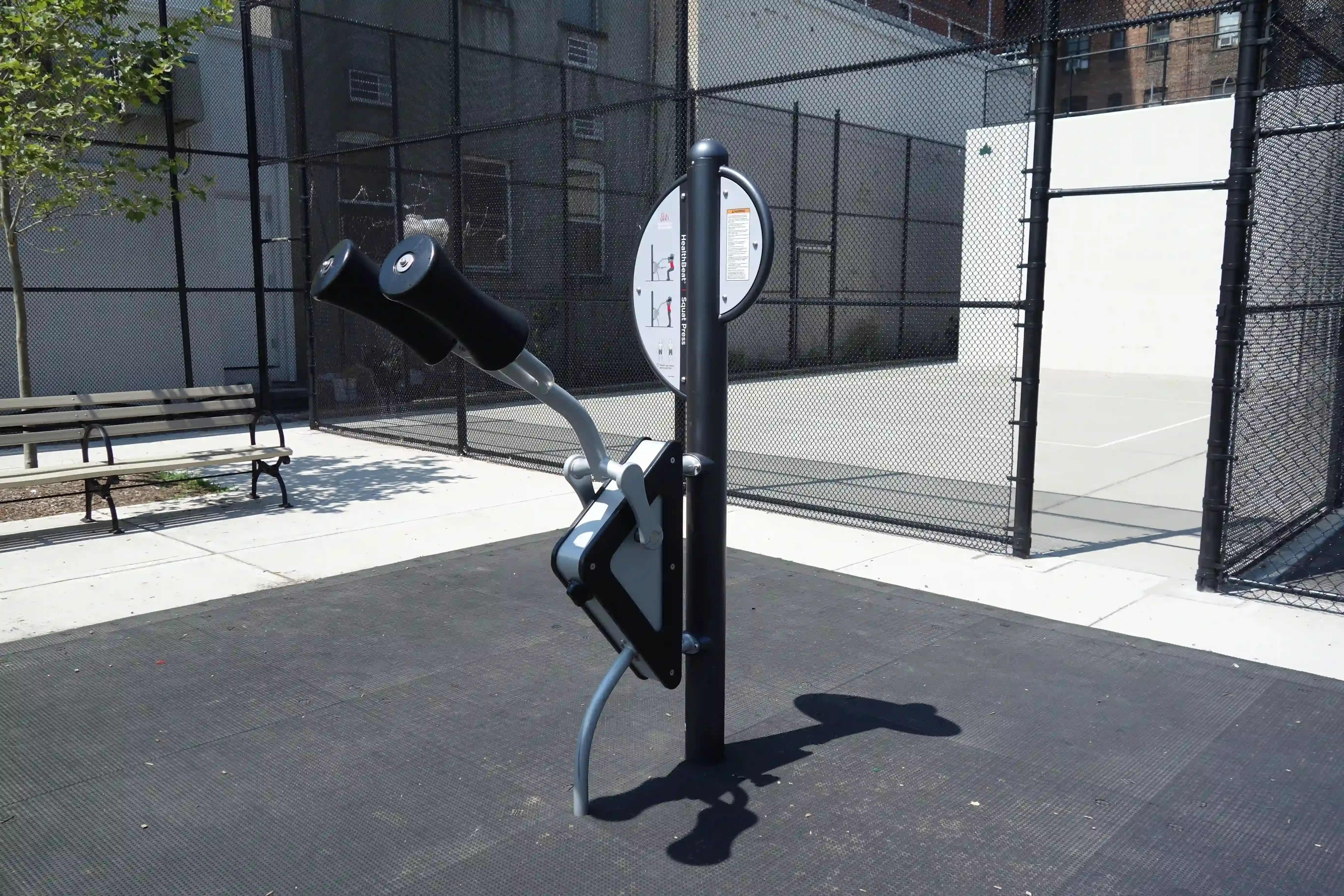
Safety Standards for School Outdoor Playground Equipment
Why Standards Aren't Optional
Look, nobody wants to think about kids getting hurt, but ignoring **Safety Standards for School Outdoor Playground Equipment** is a recipe for disaster. It’s not just about avoiding lawsuits, although that’s a pretty compelling reason. It’s about ensuring the structures where kids spend their most active time are actually safe. We're talking about adhering to guidelines set by serious organizations like the Consumer Product Safety Commission (CPSC) and ASTM International. These aren't suggestions; they're the baseline for preventing head entrapment, pinch points, falls from dangerous heights, and structural failures. Skipping these standards is like building a bridge without checking if the materials can handle the load – it might look fine, right up until it isn't.
Mind the Gap: Fall Zones and Surfacing
One of the most critical aspects of **Safety Standards for School Outdoor Playground Equipment** involves what's *under* the equipment. Falls are the most common cause of playground injuries, and the surface beneath determines how bad that fall will be. Concrete or asphalt? Absolutely not. You need materials that absorb impact. The type and depth of the surfacing depend on the height of the equipment. This is where "critical fall height" comes in – the maximum height from which a fall onto a specific surface material will not result in a life-threatening head injury. Wood chips, engineered wood fiber, sand, gravel, synthetic turf, and poured-in-place rubber are common options, each with pros and cons regarding cost, maintenance, and accessibility.
- Engineered Wood Fiber: Popular, relatively inexpensive, requires regular raking and depth checks.
- Rubber Mulch: Durable, good shock absorption, can retain heat, higher upfront cost.
- Poured-in-Place Rubber: Excellent accessibility, seamless surface, highest upfront cost, requires professional installation.
- Sand/Gravel: Low cost, requires significant depth, needs containment borders, can hide debris.
- Synthetic Turf: Aesthetic, good shock absorption (with padding layer), can get hot, moderate to high cost.
Safety Isn't Install and Forget
Meeting **Safety Standards for School Outdoor Playground Equipment** isn't a one-time checklist during installation. It requires ongoing vigilance. Regular inspections are non-negotiable. We're talking daily checks for obvious hazards like broken glass or missing bolts, weekly checks for wear and tear on moving parts, and monthly or quarterly comprehensive inspections looking at the overall structure, surfacing depth, and potential entrapment issues. A bolt coming loose on a swing set isn't just a minor repair; it's a potential projectile or a collapse waiting to happen. Neglecting maintenance is like buying a car and never changing the oil – it will eventually break down, likely at the worst possible moment. Establish a clear inspection schedule and train staff or volunteers on what to look for. Document everything. This due diligence isn't just about compliance; it’s about protecting the kids who use the space every single day.
From Plan to Play: Building Your School Playground
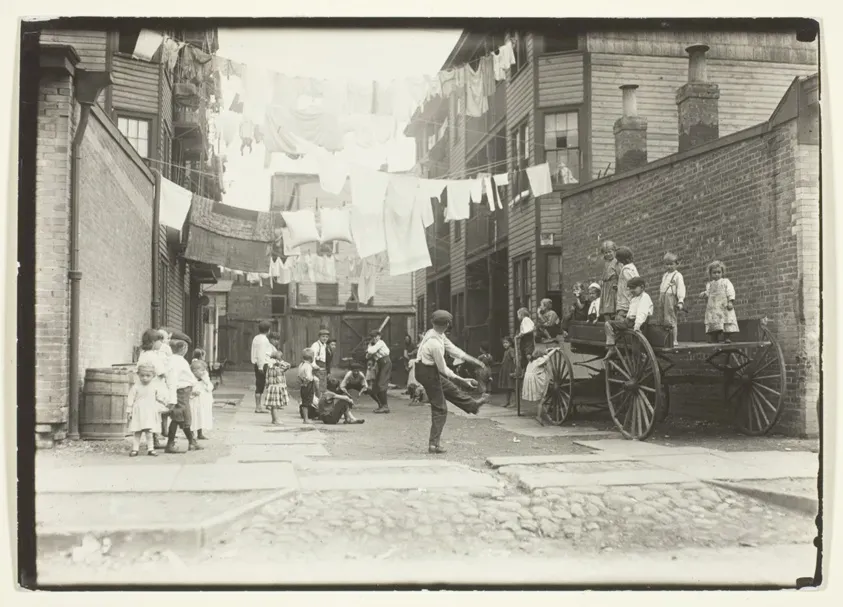
From Plan to Play: Building Your School Playground
Getting Your Ducks in a Row: The Design Phase
So you’ve done your homework. You know what age groups you’re serving, how much space you have, and roughly what you can spend. Now comes the fun part, and frankly, where things can go sideways if you're not careful. **From Plan to Play: Building Your School Playground** starts with solid design. This isn't just sketching some swings on a napkin. You need to think about flow – how kids move from one piece to another. Consider supervision sightlines. Can teachers see most of the play area from a few vantage points? Think about zones: maybe a quiet area for younger kids, a more challenging climbing structure for older ones, and open space for running games. Work with reputable playground designers. They understand the standards and can help translate your wish list into a functional, safe layout. Don't be afraid to push back if a design doesn't feel right for your school's specific vibe or needs. This is your chance to get it right before any ground gets broken.
Choosing Your Partners and Placing Orders
Picking the design firm and equipment manufacturer is like choosing who builds your house. You want experienced pros who stand by their product. Look at their track record. Ask for references from other schools. Go see their installations if possible. Kick the tires, so to speak. Discuss materials, warranties, and lead times. Supply chain issues are real; waiting months for a single part can delay everything. Get detailed quotes that break down equipment costs, shipping, and installation. Sometimes the "cheapest" equipment ends up being the most expensive once you factor in complex installation or high shipping fees. This is the phase where contracts get signed and the dream starts becoming a tangible reality. It's exciting, sure, but stay sharp on the details. A missed line item in the contract can cause major headaches down the road.
What’s the biggest mistake schools make at this stage?
Breaking Ground: The Installation Process
the trucks arrive with a mountain of boxes and metal. Now what? Unless you have a highly skilled, certified crew on staff (most schools don't), you're likely using the manufacturer's recommended installers or a third-party certified playground installer. This is not the time for your well-meaning parent volunteers to figure it out with an instruction manual. Proper installation is critical for safety and longevity. They know how to anchor equipment securely, ensure proper spacing between components, and get the surfacing depth exactly right. Supervise the process. Ask questions. Don't assume everything is going perfectly. Once the equipment is in, but before the kids are let loose, get a final inspection from a certified playground safety inspector (CPSI). They’ll catch potential issues that even experienced installers might miss. Getting that final stamp of approval is the last crucial step **From Plan to Play: Building Your School Playground** before the sound of laughter fills the air.
- Vet playground designers and manufacturers thoroughly.
- Request detailed quotes covering all costs (equipment, shipping, installation, surfacing).
- Check warranties and lead times carefully.
- Hire certified playground installers; avoid DIY for complex structures.
- Supervise the installation process.
- Get a final inspection from a Certified Playground Safety Inspector (CPSI) before opening.
- Ensure all safety surfacing meets required depth and specifications *after* installation is complete.
Keeping School Outdoor Playground Equipment in Top Shape
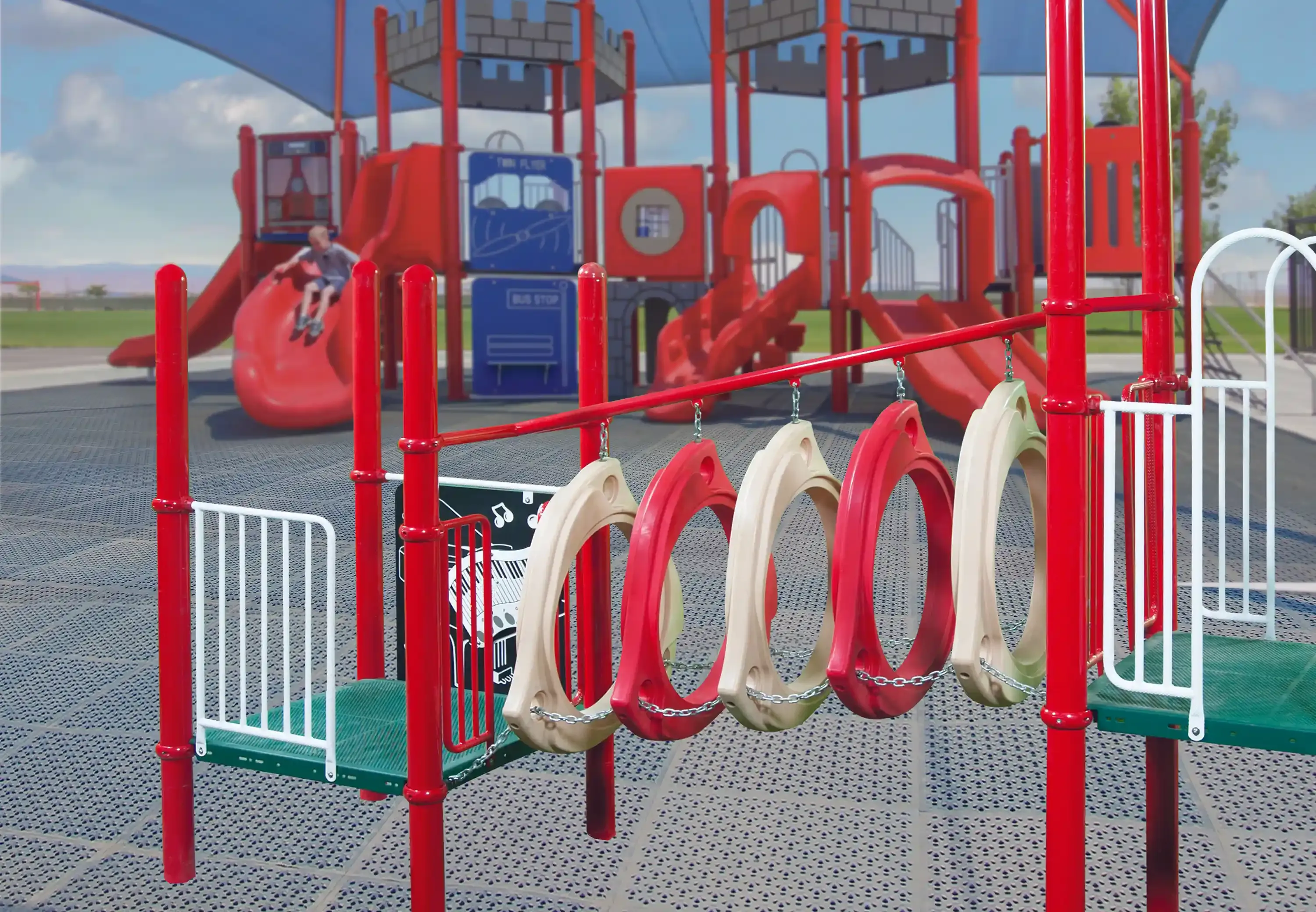
Keeping School Outdoor Playground Equipment in Top Shape
Why Ignoring Wear and Tear is Costly
Look, that shiny new climbing structure won't stay shiny forever without some effort. **Keeping School Outdoor Playground Equipment in Top Shape** isn't just about making it look nice; it's about preventing small issues from becoming major, expensive problems – or worse, safety hazards. A loose bolt today is a piece of equipment on the ground tomorrow. A splinter now is a potential infection later. Ignoring the nicks, scrapes, and wobbly bits is like ignoring that strange rattling sound in your car engine. It might seem fine for a while, but eventually, you're staring down a massive repair bill or, in this case, a playground closure and potentially injured kids. Proactive maintenance saves money and keeps the play space functional and safe for its intended purpose.
Setting Up a Regular Inspection Routine
You can't fix what you don't know is broken. That's why a solid inspection routine is the backbone of **Keeping School Outdoor Playground Equipment in Top Shape**. You need different levels of checks. Daily checks are quick scans for obvious vandalism, trash, or immediate hazards like broken glass or animal waste. Weekly checks get a bit more detailed – looking at surfacing depth, checking hardware tightness on high-use items like swings and slides, and making sure drainages aren't blocked. Then you need periodic, more in-depth inspections (monthly or quarterly, depending on use) by someone trained to spot less obvious wear and tear, like hairline cracks in plastic, rust on metal, or signs of rot in wood. Document everything. If a part is worn, note it. If a bolt is loose, tighten it and note it. This documentation is your evidence of due diligence if something does go wrong, and it helps track the lifespan of different components.
- Daily Quick Scan: Vandalism, trash, immediate hazards (glass, waste).
- Weekly Detailed Check: Surfacing depth, hardware tightness, drainage.
- Monthly/Quarterly In-Depth: Structural integrity, wear and tear, rust, cracks, rot.
- Annual Professional Audit: Comprehensive check by a certified inspector.
Addressing Common Issues Before They Escalate
Certain problems pop up more often than others when you're **Keeping School Outdoor Playground Equipment in Top Shape**. Loose fasteners are chronic; vibration from play means bolts and screws work themselves free. Make tightening these a regular part of your weekly check. Surfacing compaction and displacement are also common; high-traffic areas under swings and at the base of slides get worn down. Keep a supply of your surfacing material on hand to top these areas up regularly and rake loose fill daily. Rust on metal components needs to be addressed quickly before it compromises structural integrity; clean it off and repaint with appropriate, non-toxic paint. Splintering wood needs sanding or sealing. Worn swing hangers or chains are serious hazards and require immediate replacement. Don't patch things that need replacing. Using the right parts and materials for repairs is crucial; consult the manufacturer's guide or a professional if you're unsure. Ignoring these seemingly small issues is how playgrounds fall into disrepair and become unsafe zones.
Making Play a Priority
Investing in quality school outdoor playground equipment isn't just about giving kids a place to burn off energy. It's a direct investment in their physical health, cognitive development, and social skills. Moving beyond rusty swings and cracked slides requires effort – navigating budgets, understanding safety codes, and choosing equipment that truly engages young minds and bodies. But the payoff? Kids who are more focused in class, better at navigating social dynamics, and simply healthier. It's a fundamental piece of the educational puzzle, and frankly, it's time we treated it as such.